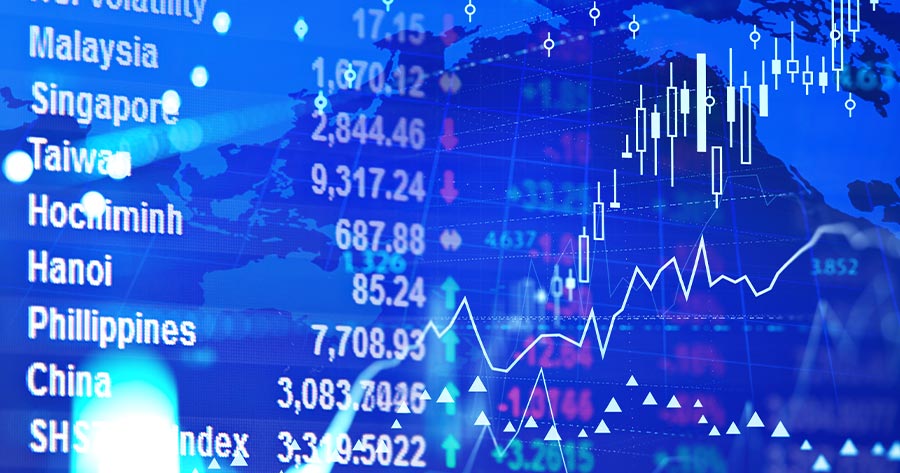On Wednesday morning (20 August, 9:41 AM, GMT+7, Bangkok time), most indices in Asia Pacific exhibited a downward trend as investors digested key data, including trade data from Japan and China’s loan prime rate decision.
Japanese exports saw a 2.6% year-on-year decline in July, marking the most significant drop in more than four years. The decrease outpaced the 2.1% fall anticipated by economists surveyed by Reuters and followed a 0.5% dip recorded in June.
In China, the nation’s central bank left its key lending rates steady for a third straight month as officials refrained from introducing new monetary stimulus despite weak economic indicators. The one-year LPR remained at 3.0% and the five-year LPR stayed at 3.5%, matching expectations from a recent Reuters poll.
Japan’s NIKKEI dropped by 1.6% to 42,850. South Korea’s KOSPI slumped by 1.94% to 3,090.39, while Australia’s ASX 200 rose by 0.4% to 8,932.1.
As for stocks in China, Hong Kong’s HSI declined by 0.44% to 25,011.82. Shenzhen’s SZI fell by 0.32% to 11,783.61, while Shanghai’s SSEC climbed by 0.08% to 3,730.39.
The U.S. stock markets edged down on Tuesday as the Dow Jones Industrial Average (DJIA) surged by 0.02% to 44,922.27. NASDAQ plummeted by 1.46% to 21,314.95, and S&P 500 lost 0.59% to 6,411.37. VIX jumped by 3.87% to 15.57.
As for commodities, oil prices settled lower on Tuesday as investors speculated that negotiations aimed at ending Russia’s invasion of Ukraine might lead to a relaxation of sanctions on Russian crude, potentially increasing global supply. Brent futures decreased 81 cents or 1.22% to $65.79 a barrel, and the West Texas Intermediate (WTI) contracted $1.07 or 1.69% to $62.35 per barrel.
This morning, Brent futures increased 14 cents or 0.21% to $65.93 a barrel, and the West Texas Intermediate (WTI) gained 10 cents or 0.16% to $62.45 per barrel.
Meanwhile, gold futures dipped by 0.05% to $3,356.9 per Troy ounce.




